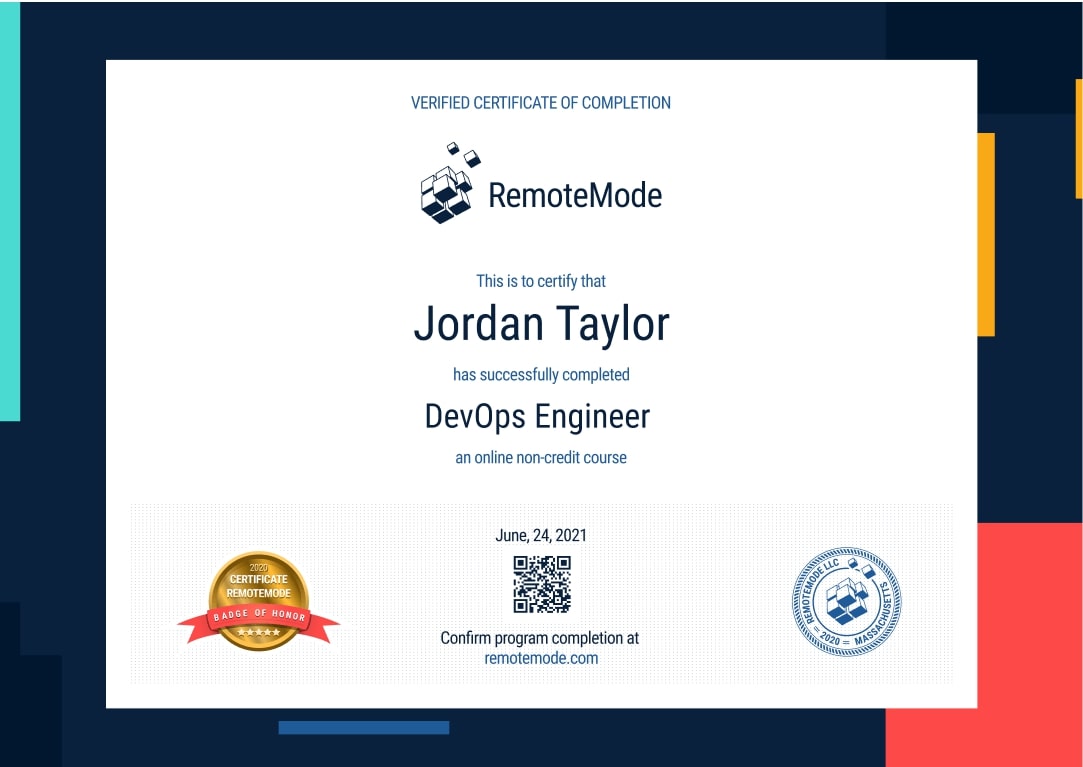Become a Java Developer SE 9
Start to develop Java-based software functions and services using today's industry-leading tools and frameworks which have already become part of a process for more than 64.000 companies and start-ups in the USA.
- 5 month
- 162 lessons
- 5 hours per week
- 117 hours



Java Developer SE 9 Mission Forecast
Landing Zone
The software development sector is rapidly growing, with Java maintaining a leadership position. Job growth is expected to increase by 22 percent in the new decade. This means that almost 2 million jobs will be created by 2029. Almost all sectors plan to expand their digital presence.
More than 300,000 new job positions will need certificated specialists. Salaries are planned to rise as the demand for Java Developers expands.
Mission Objective (Who are Hiring Right Now)
Java Developer SE 9 Overview
Main duties of Java Developers SE 9:
- + 5 Month Courses
- + 5 Hours/Week Self-study
- + 162 On-demand Lessons
- + 117 Hours of training materials
- + Certificate
- + Practise on Topical Real-life Project
- Develop programs to update data.
- Write codes for functions and services to interact with front-end apps.
- Test codes for compliance and accuracy.
- Resolve and debug technical questions.
- Support and upgrade current programs.
Prepare for Liftoff
OWASP
The Open Web Application Security Project (OWASP) is a non-profit organization dedicated to improving software security. Developed into a complete set of courses, OWASP-based principles will be the primary content of this entire module. This course is parsed into four segments – all providing the up-to-date information and technical know-how to upgrade our website security and browsing activity. Develop your security-building skills and outsmart hackers by learning from this course.
Avoiding Hacker Trips
In this day and age, writing safe apps necessitates taking our coding talents and approach to a notch higher. Hackers are coming up with new methods to take advantage of us in ways that we previously thought were secure.
Building safe apps and software will always lead us to considering taking the lens of a hacker, learning from previous failures, and paying close attention to how security is built into the product from the outset.
In this course, we'll look at the attitude necessary to design safe software, including hacker mentality, defense in depth, secure coding approaches, and threat modeling. This course will also guide learners on how to construct safe apps by taking a look at the perspective of a hacker, as well as what a developer can do to stay off the front pages of the current attack. This lesson will also cover safe coding concepts and tools for detecting attack vectors, look at patterns for lowering our risk and look at some of the most common vulnerabilities used by hackers to steal our data.
Forgery and Phishing
This segment will tour course takers to the world of building secure applications, with consideration of the hacker’s perspective. It will also guide learners in understanding what a developer can do to avoid the front pages of the latest exploit. Cross-Site Forgery examples are provided in this portion, including taking a closer look at how a phishing email works, the vulnerabilities of open source components, and also redirects from unverified links.
Threats and Session Security
This segment features some of the OWASP Top Ten threats coupled with practical insights on dealing with them.
Moreover, this portion will also provide learners the idea of developing safe apps from the perspective of a hacker, as well as what a developer can do to prevent being the newest security breach in the news. Lastly, learners will also learn how Authentication and Session Management may be abused, as well as how to protect users from these hazards.
Misconfiguration and Data Encryption
This last segment of the course drives learners further into the OWASP Threat List. Delving deeper, the material will help learners arrive at an understanding of how susceptible users can be if their frameworks, servers, and apps aren't set appropriately, aren't maintained up to date, or aren't left in out-of-the-box configurations.
Finally, the course will also tap a briefer on Sensitive Data Exposure and data storage strategies. It will also tackle the differences between unsecured and safe cryptography, as well as what data has to be safeguarded and why it should be safeguarded.

Mission control
- Study at the course with experienced mentors and tutors
- Take part in Virtual Lab projects to upgrade your portfolio
- Control your results in the Dashboard and win the competitions with others students
- Use Activity Tracking Log to control your progress
- Take a step closer to your job of dream with interview prep and upgrading SV
In partnership with
Set your trajectory (123 video 40 hours)
Certificate of Completion
- Certification recognized by industry companies
- Real project from virtual labs
- The program built on 100% self-study
- Course videos and subtitles
- Practical quizzes
- Mentored by high-class specialists

Grow into a Java Developer SE 9
Start to develop Java-based software functions and services using today's industry-leading tools and frameworks which have already become part of a process for more than 64.000 companies and start-ups in the USA.
Learning program
- 5 months duration, 5 hours per week
- 162 lessons, 117 hours
- 100 % flexible timetable
Virtual lab
- Real projects
- GitHub portfolio
- Experts feedback
Career Services
- Interview prep
- SV writing
- Filling LinkedIn profile
Request More Information
View pricing and financing options